I don’t know about you but when I hear the word “eucalyptus”, I immediately think of Australia and the adorable koala bears that feast on this plant.
However, there’s more to it than this. Most species are native to Australia but a small number can be grown in other parts of the world.
Eucalyptus trees can grow up to 40 feet (12 m) according to the University of Arizona.
So how did the eucalyptus make its way around the globe? Or asked differently.
How to propagate a Eucalyptus?
You can propagate Eucalyptus through seeds or rooted cuttings.
I’ll explain both methods here and then it’s down to you to make the decision on which one you use.
One thing I will say now is that the eucalyptus is a hardy, easy-to-grow plant and it’s often grown for ornamental reasons so it’s worth putting a bit of time into.
How to Propagate a Eucalyptus
Propagating a eucalyptus tree through seeds is the easiest way. It’s difficult to get a stem cutting to root, although it is possible under the right conditions. The success rate of propagating eucalyptus, whichever method is used, depends on the species that you’re trying to grow.

How to Propagate a Eucalyptus
Methods of Propagating a Eucalyptus
There are two main ways of propagating a eucalyptus tree and one has more success than the other.
Propagation from a Seed
The first thing that you need to do for this method is collect the seeds from a mature eucalyptus tree. Look out for the protective seed capsules that grow on the tree.
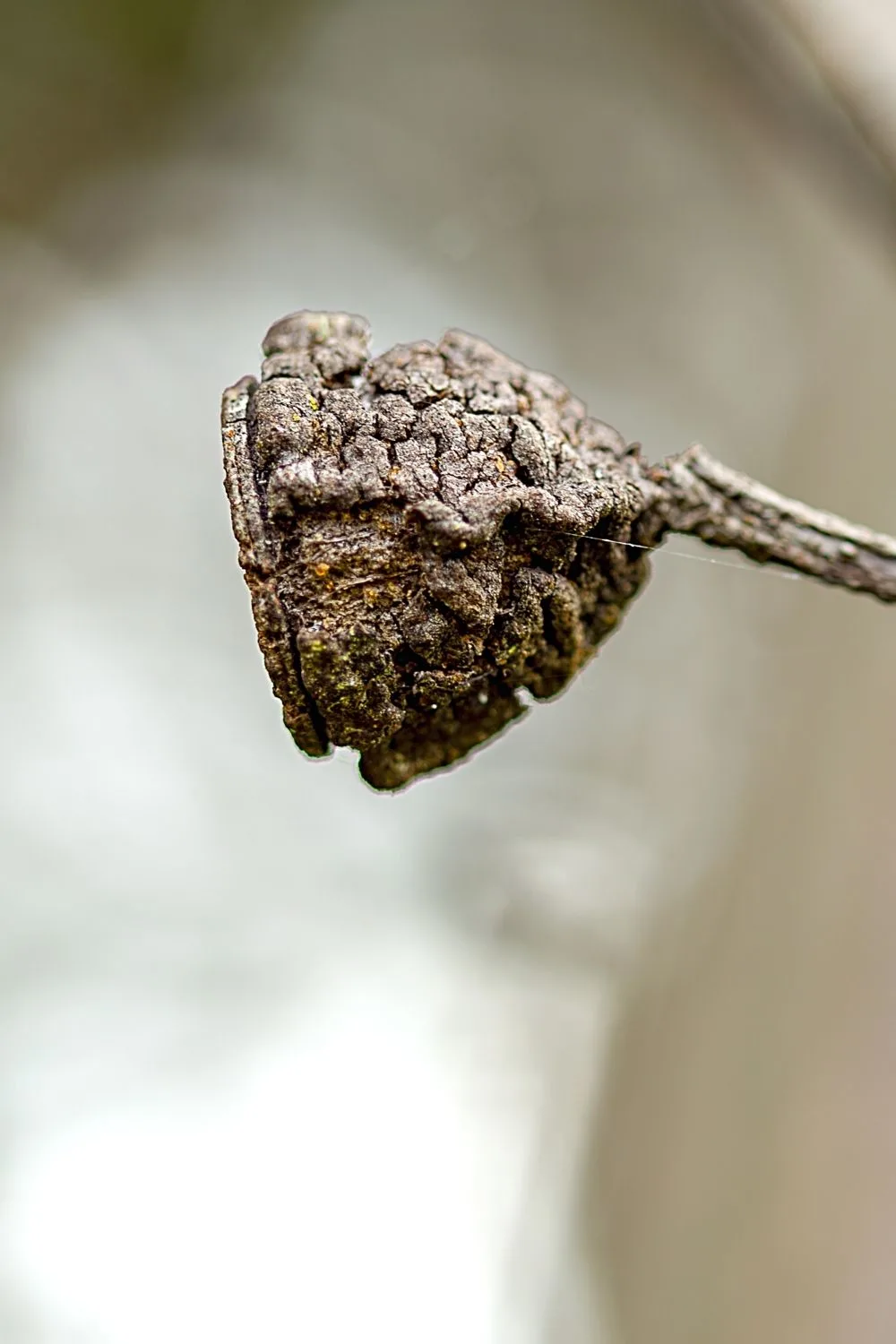
The first step to propagate a eucalyptus from seed is to look out for protective seed capsules growing from its tree
When they can be split open easily, this is when the seeds are ready to harvest.
Each capsule should yield a handful of seeds. You’ll know if they’re ripe seeds because of the color.
Look out for yellow, brown, or black and they’re easily removed from the capsule.
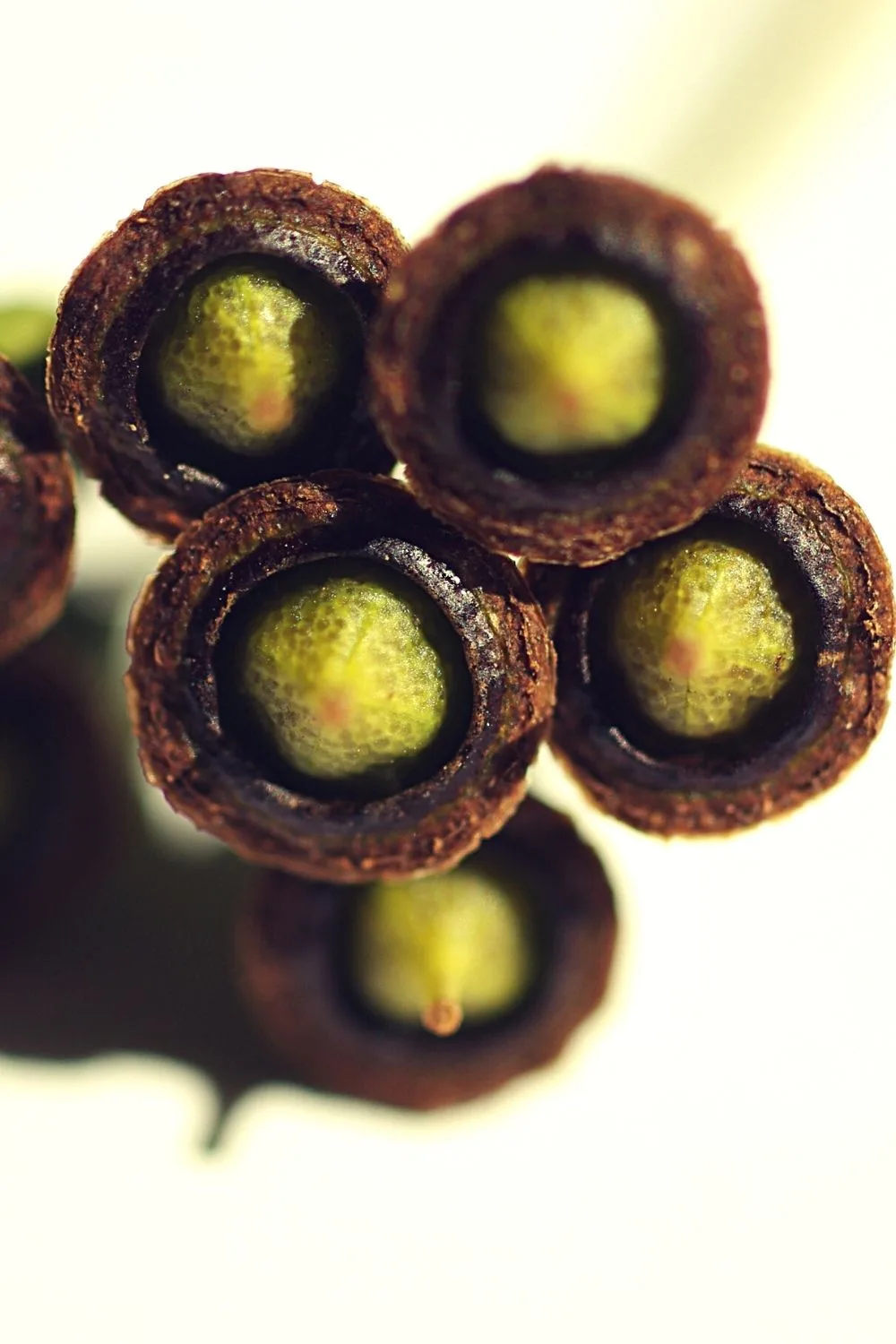
You can easily remove the eucalyptus seeds that are yellow, brown or black in color from their protective capsules
Once they’ve been removed, it’s time to begin preparation to plant them. Spring’s the most ideal time to plant your eucalyptus seeds, as is the case with most plants.
Around six weeks before you’re going to sow them, the seeds need to be refrigerated. They can be placed in the fridge alone or with a couple of tablespoons of perlite or sand.
If a filler is used, the mixture needs to be dampened before the next step.
Place the seeds with their filler into a zip-lock bag. Make sure it’s labeled and dated so you know when to sow them.
After six weeks, they’re ready to sow. They’re not a particularly fussy plant so the type of soil doesn’t matter too much but peat-free is always preferable.
Sow the seeds, including the filler, in small pots with the extra soil. If possible, place the pots into a mini greenhouse or on a heat mat.

Sow the eucalyptus seeds in small pots with extra soil and place it on a heat mat or in a mini greenhouse
Both of these will help with germination which is likely to take between 14-21 days. Mist them occasionally but don’t make them soggy.
Transplanting the Seedlings
Once the seeds have germinated, it’s time to transplant them into a bigger pot with some fresh soil. This is to ensure that the seedlings can grow into strong trees.
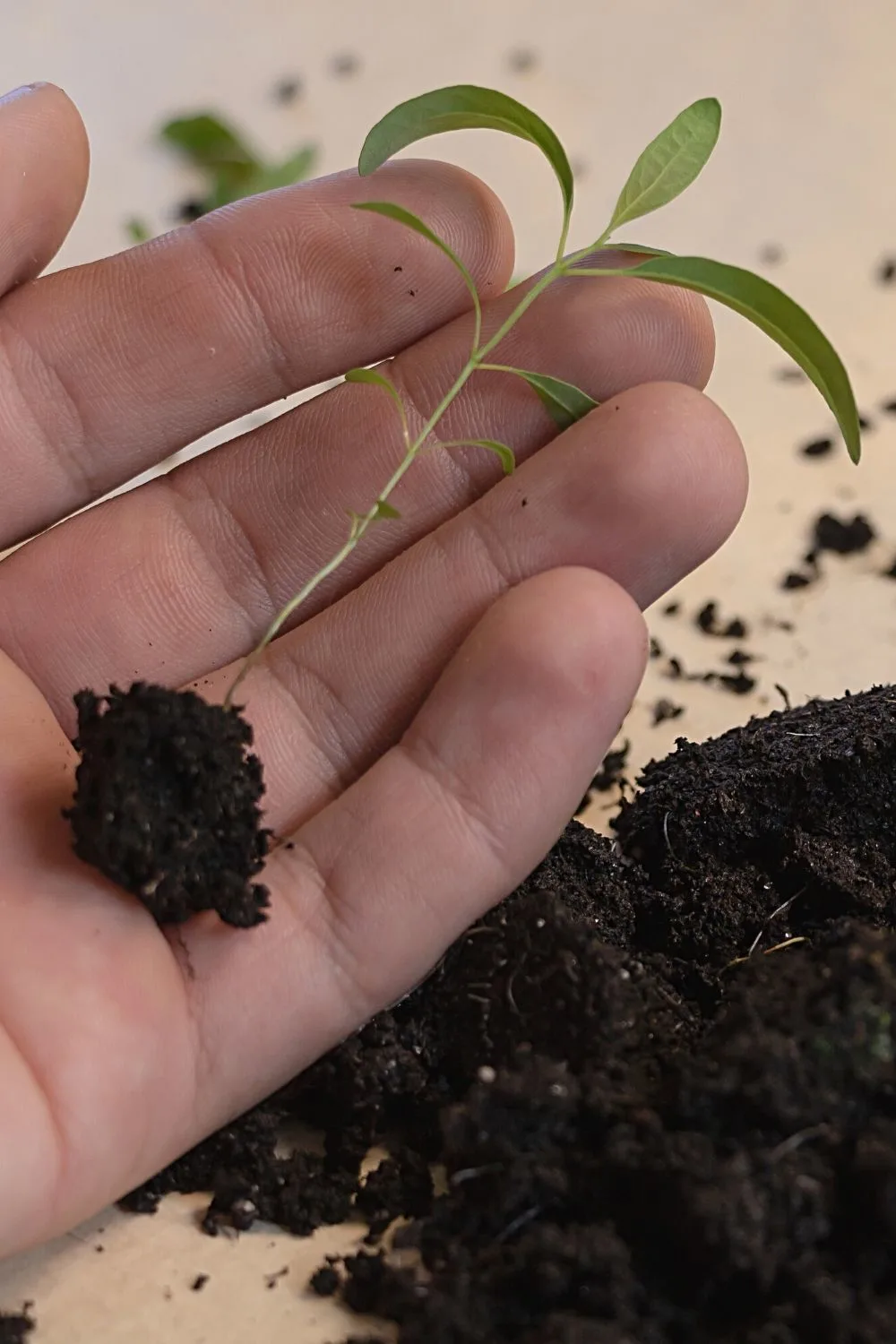
Once the eucalyptus seeds have germinated, you can transplant them in a bigger pot with fresh, peat-free soil
Place these pots in bright light and water them as and when they need it.
Continue to repot the plants as they get bigger and after around 15 months, they should be big enough to be planted in their final position.
Propagation from Rooted Cuttings
While propagating from seeds is the easiest method, it can be done through rooting stem cuttings. But, this method’s not for the faint of heart and it does require skill and patience.
Using a clean knife or secateurs, cut a four-inch mature shoot from a eucalyptus plant. It’s best if it has budding leaves but remove any sprouting leaves.
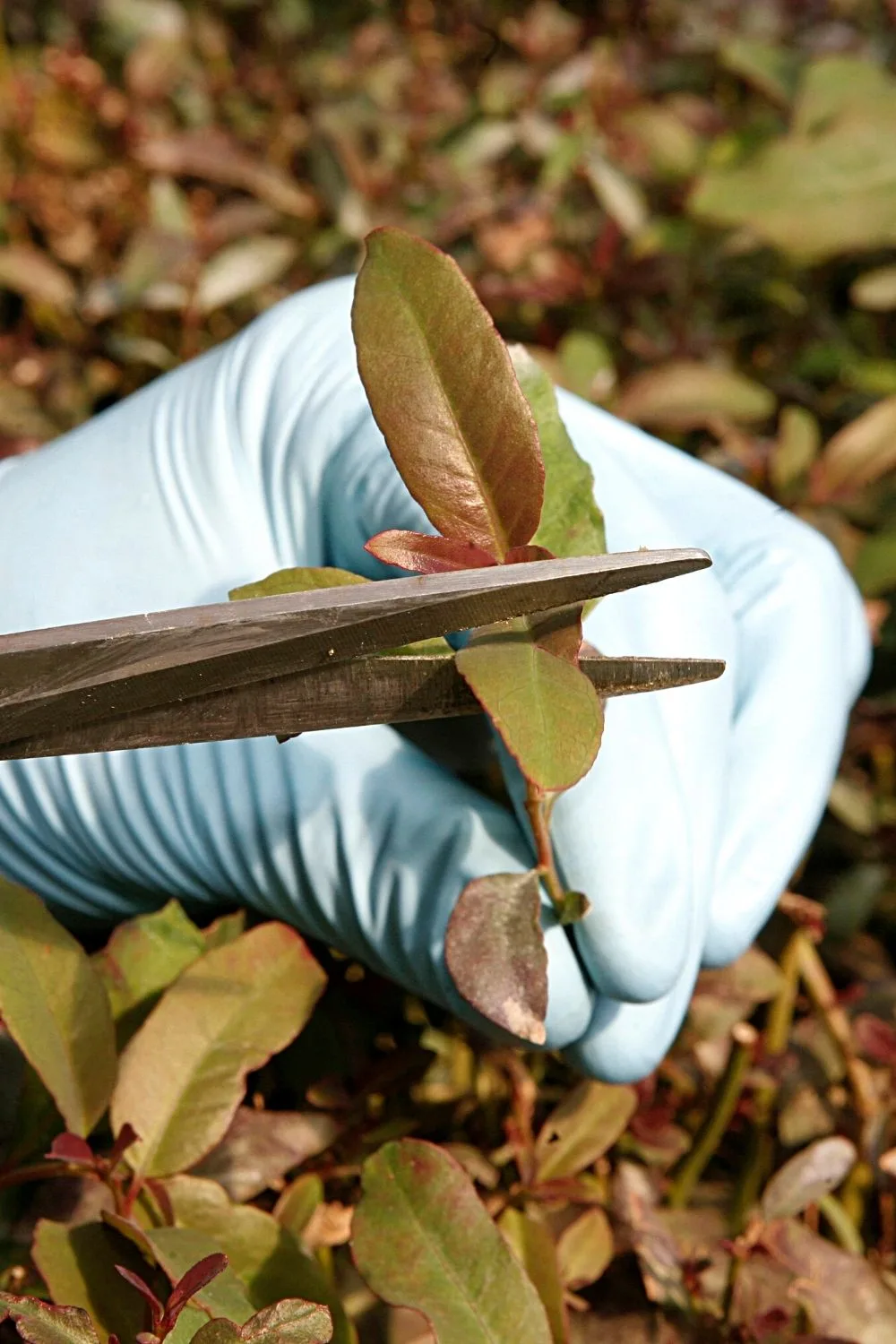
With a clean knife or secateurs, cut a 4-inch mature shoot from the mother eucalyptus plant to propagate it from cutting
Dip the end part of the eucalyptus shoot in rooting hormone for around 30 seconds. This will give the shoot the best chance of rooting when it’s in the soil.
Choose a pot that’s big enough to house the shoot with room for growth.
Fill it with a mixture of perlite and peat-free compost, then position the shoot, cut side down, in the middle of the soil and pack soil around the outside until the shoot is freestanding.
Water it until the water drains from the bottom holes and cover with a plastic bag. Keep the eucalyptus plant in a warm place, making sure to keep it moist.
After around four weeks, check the plant to see if roots have grown. If so, it can be transported into a bigger pot with some fresh compost.
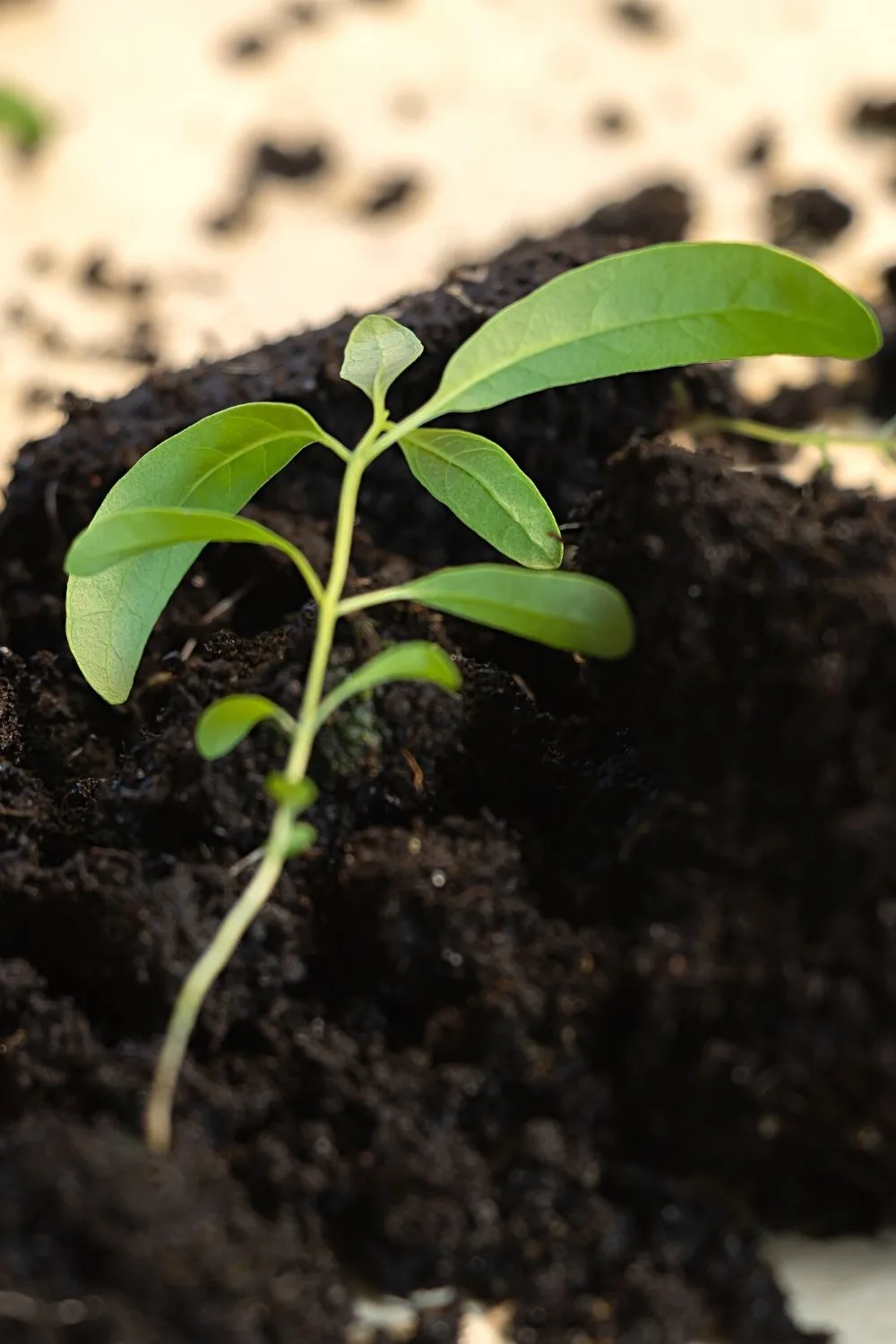
If you see that the eucalyptus plant has grown roots, then fill a bigger pot with fresh compost to repot it
Frequently Asked Questions about How to Propagate a Eucalyptus
Can a eucalyptus root in water?
While rooting in water is a great method for other plants, this method doesn’t work for the eucalyptus tree. Dipping the cutting in rooting hormone before you place it in the soil is the best way to make the cutting root. It’s not guaranteed but it’s more likely to work than water propagation.
What kind of soil does a eucalyptus need?
Thanks to its native environment, a eucalyptus tree isn’t fussy about the type of soil it needs. But in an ideal world, you would use a well-draining potting soil, especially when grown in a pot. To get more scientific about it, soil with a slightly acidic pH would be perfect.
How do I encourage my eucalyptus to grow?
Pruning your eucalyptus tree regularly is the best way to encourage its healthy growth. Not only does this get rid of any unsightly branches but the plant’s energy will go into growing new branches higher up in the tree. You’ll be left with a full and healthy-looking plant.
Conclusion
While propagating a eucalyptus tree takes time and patience, it’s worth it.
These trees make fantastic ornamental additions to a garden and branch cuttings can also be brought into the home to add some greenery inside.
Follow the steps above and you’ll give yourself the best chance of successfully growing your very own eucalyptus tree.

Daniel has been a plant enthusiast for over 20 years. He owns hundreds of houseplants and prepares for the chili growing seasons yearly with great anticipation. His favorite plants are plant species in the Araceae family, such as Monstera, Philodendron, and Anthurium. He also loves gardening and is growing hot peppers, tomatoes, and many more vegetables.


